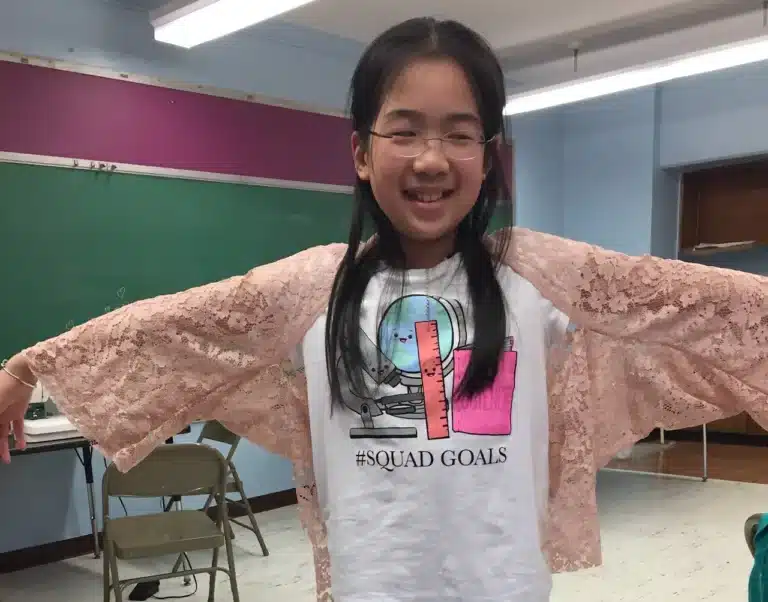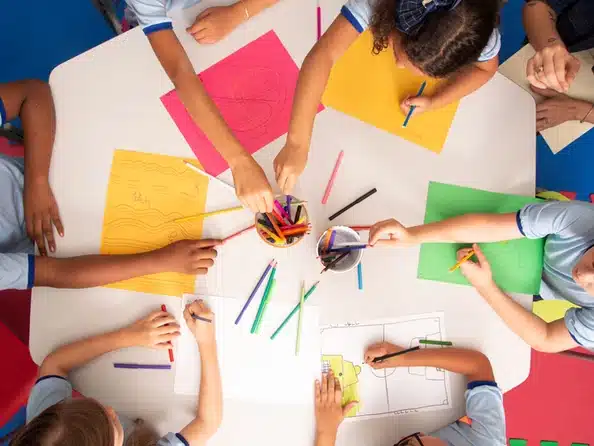Persistence Is Different From Powering Through!
I was struck back in 2012 at how rapidly technology and society were changing, and how kids were adapting to these changes with increased mental health challenges and ADHD. I felt that essential, “old-school” practices could help the children get grounded in the real world, learn sequential thinking, planning, and persistence!
My response? Founding the CIFA (see fa) in 2017 to teach kids sewing, design, sequential thinking, of course!
Back in the day, we had to learn to control ourselves through our own will power. These days, there are different solutions because the old models don’t always work in our new world.

My sewing and art practices have helped me to develop persistence that is pleasurable and self-fulfilling! I sew things to make my life better, to feel more connected to my environment and the things I have around me. I don’t give up, because I like to solve the problems that life presents, it’s fun and satisfying. My new pair of curtains was easy to make because it was simple. But the tailored shirts I started over a year ago are not yet finished. I give myself permission to take the time I need, even if it means setting the project aside and coming back to it later.
Many children do not persist. They give up too soon. They might think they are not capable. They get bored and are easily distracted. (Who isn’t?) In New York, and maybe everywhere, there are so many time pressures! If the kids are looking at social media, they also are being socialized to achieve more, look perfect, and be something they’re not.
Learning to sew is one way for kids to begin to get comfortable with persistence, a mind-set that can be taught, reinforced, and integrated over time. They can pick an easy project and relax! Or maybe you have a child who is determined and willful? They can tackle the next sewing challenge! Be sure to encourage acceptance and learning, not perfection!
Beginners have some difficulty: the sewing needle is hard to thread; the eye is small, and the thread is weird and frayed. But when a child learns to trim the thread, hold the needle steady, and aim the thread? It goes through the eye of the needle! Small wins lead to bigger ones.
People proficient in persistence also know when to take a break. If things get too difficult and the frustration level is overwhelming, put it down and do something else for a bit (or a long time!). Get some help. Maybe sit with someone and work side-by-side. Then come back to it.
Yes, getting conscious and becoming aware of what and when the distractions happen will help us make choices rather than get pulled into those less important activities. We can learn to set small goals as we go, and reward our achievements; begin to persist even when things are difficult; and feel the thrill when we push through to the finish.
My wish for all the spirited CIFA students is that their practice of persistence becomes a habit, making them happy and proud and feeling more prepared—while also being kind to themselves in their learning process—to tackle something harder and develop the gift of persistence over a lifetime.
–Britta Wheeler, Founder and Director of the CIFA










